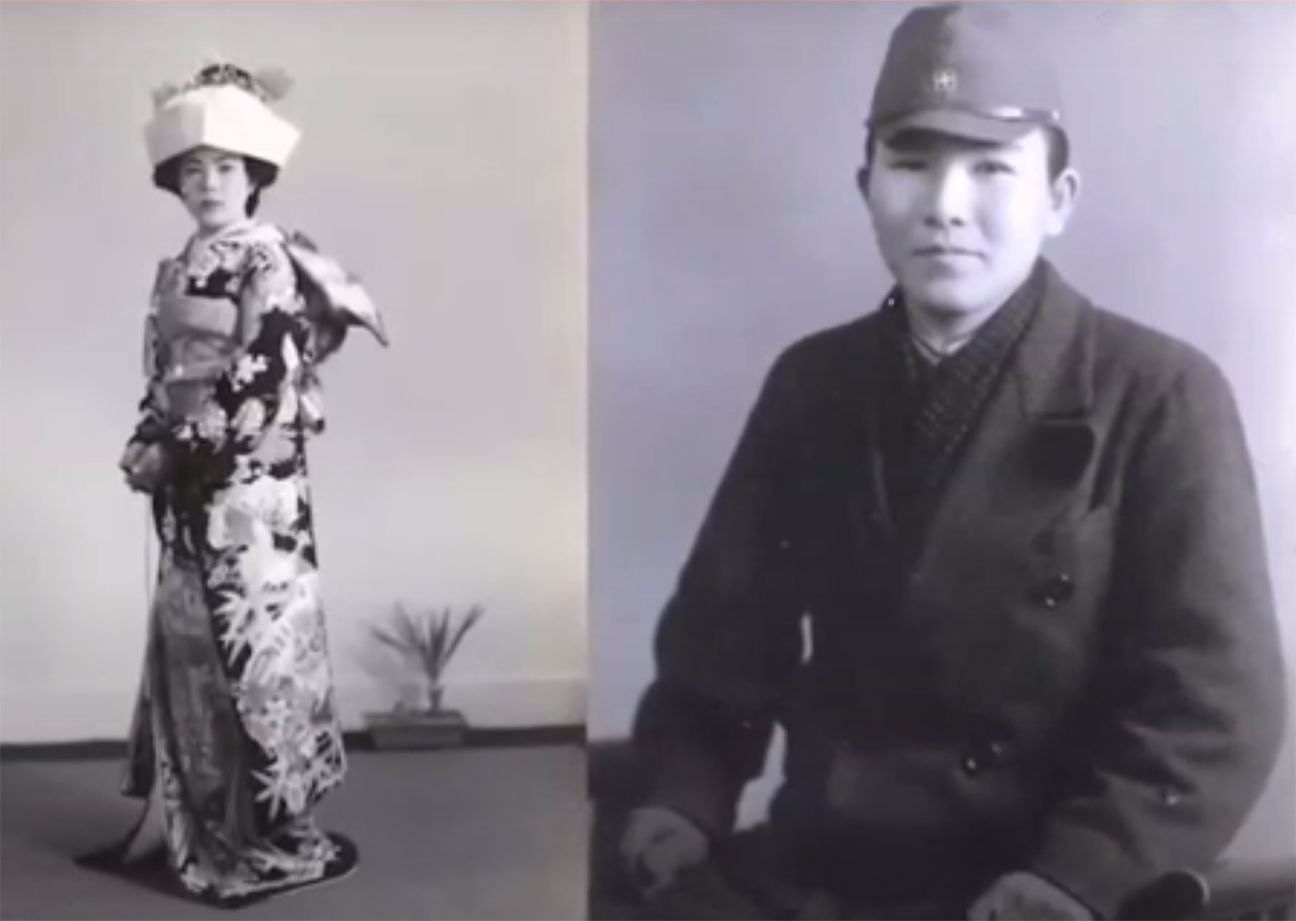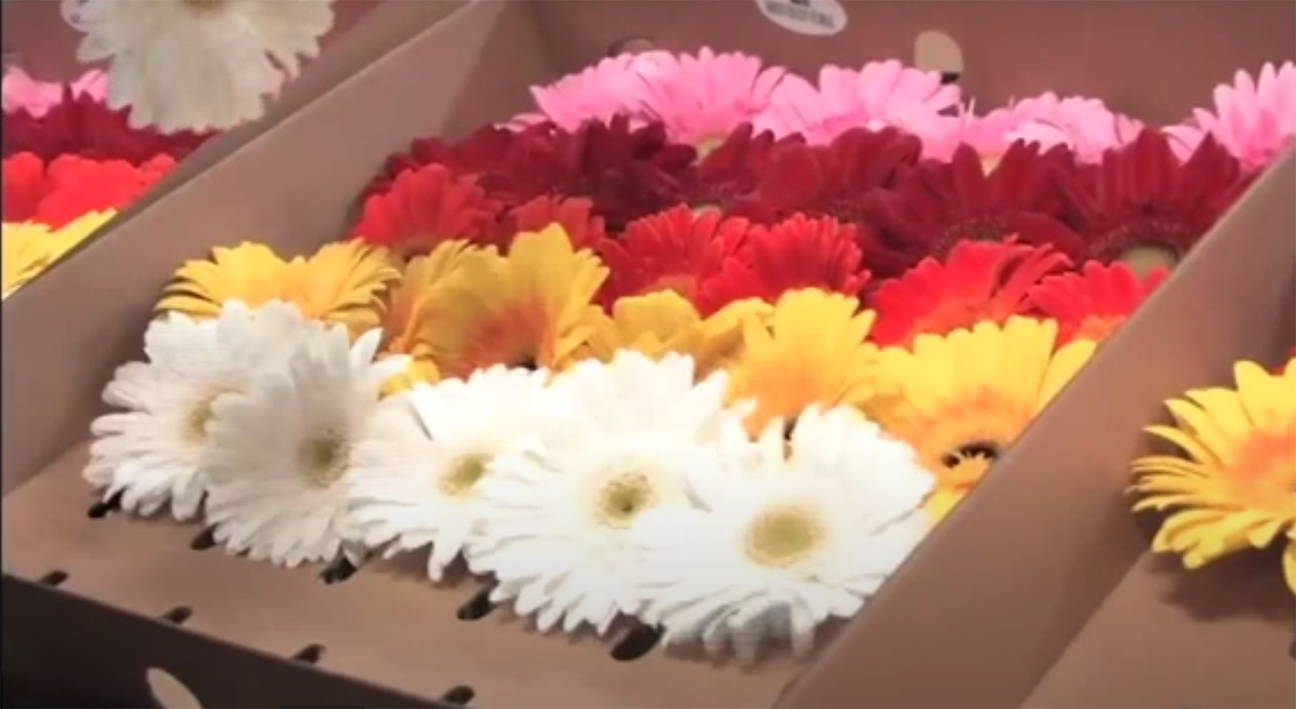Flower fields, from Gabatte Kimashita | Courtesy Eric Palmer
As co-sponsors of this year’s History Slam in Monterey, Voices of Monterey Bay bestowed its own prize on the presentation it believes best captured the spirit and mission of VOMB. Our winner is Eric Palmer’s beautiful oral history project called “Gambatte Kimashita: Japanese Flower Growers of the Salinas Valley.” It is an American Dream story, and it feels very personal. — Editors
WATCH THE FULL DOCUMENTARY (25 minutes)
By Eric Palmer
I came to Monterey to attend CSU Monterey Bay in 2002 from Redondo Beach, a suburb of Los Angeles. Redondo has no sense of pride in its local history and interpretation is nonexistent. While living here on an abandoned Army base and exploring the neighboring towns, I was immediately impressed by the region’s pride in its history and efforts to preserve landmarks.
CSUMB did a great job at encouraging students to study and appreciate the local history of the area. I found plenty of subjects for documentary films as I became a local history buff. Upon graduating, I was hired as a communications official with the city of Monterey and used my documentary background to produce educational programs and conduct oral histories for the Monterey Public Library’s extensive archives.
Enlarge

In 2013, the Salinas Valley Japanese American Citizens League heard about my oral history projects and approached me about recording the stories of the families behind the cut flower industry. The project intrigued me for several reasons. As a long-distance runner and alumni of Hartnell College, I spent a lot of time running in the fields of Salinas alongside sons of farmworkers, and wanted to honor our agriculture workers and a community that I had grown to love.
My grandparents were also immigrants from Mexico, and my grandfather spent some time as a farm laborer, so I wanted to produce a project that would honor them and their struggles and accomplishments.
Lastly, I also love arranging flowers, and used to love visiting our weekly farmers’ markets to support our local flower growers and arrange flowers at home. Little did I know I would soon be interviewing some of the farmers with whom I interacted each week.
Enlarge

While working on the project, our country experienced waves of movements targeting refugees and immigrants, and the project became more important than ever. I wanted to put a positive spotlight on the contributions of immigrants and refugees to our community and country.
This was the most fulfilling project I have ever worked on, and I’ve been able to tour it around the state. The CSUMB Center in Salinas, adjacent to the National Steinbeck Center, developed an exhibit and interactive weekend event to highlight the film and the families’ stories and experience. A curriculum was developed for the project for Japanese language classes using the transcripts and film as study materials. I hope that it will continue to be used to educate and inspire generations to come.
WATCH PALMER’S PRESENTATION
Have something to say about this story? Send us a letter.